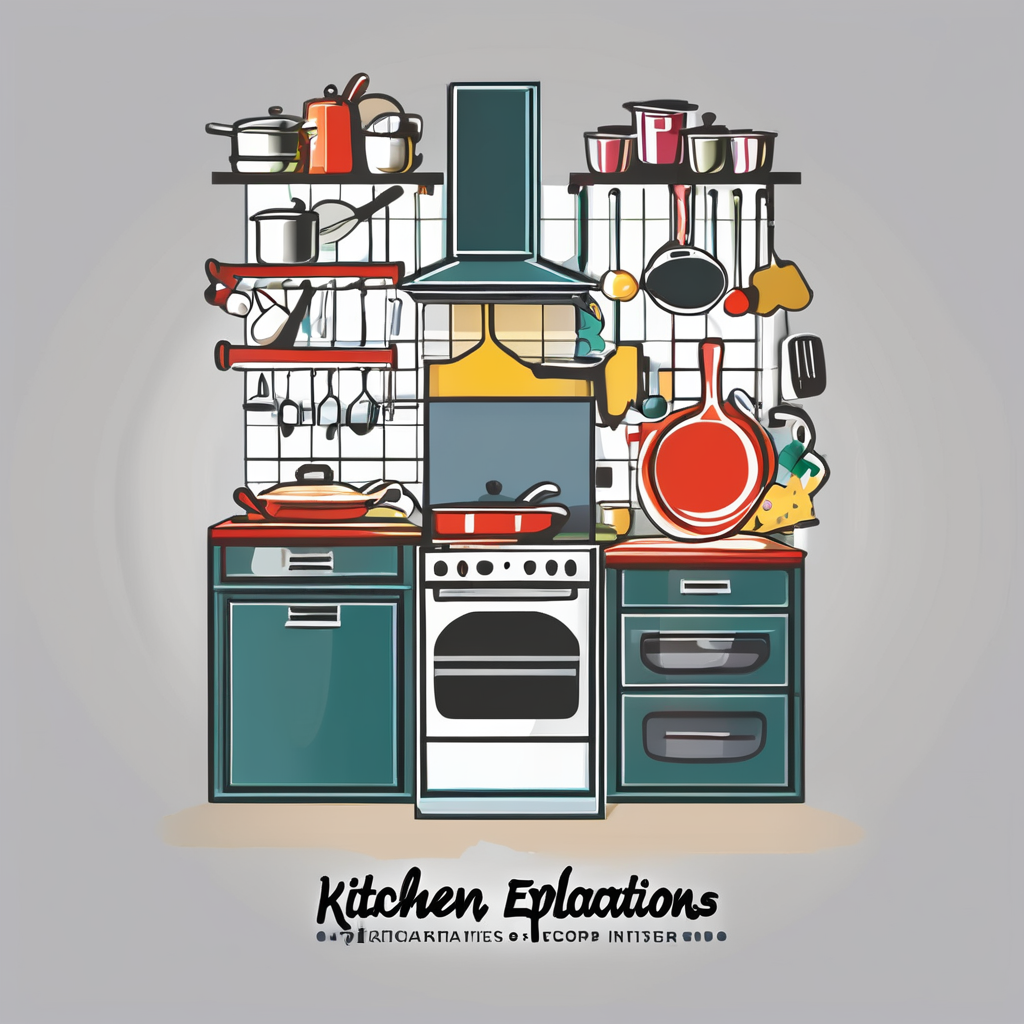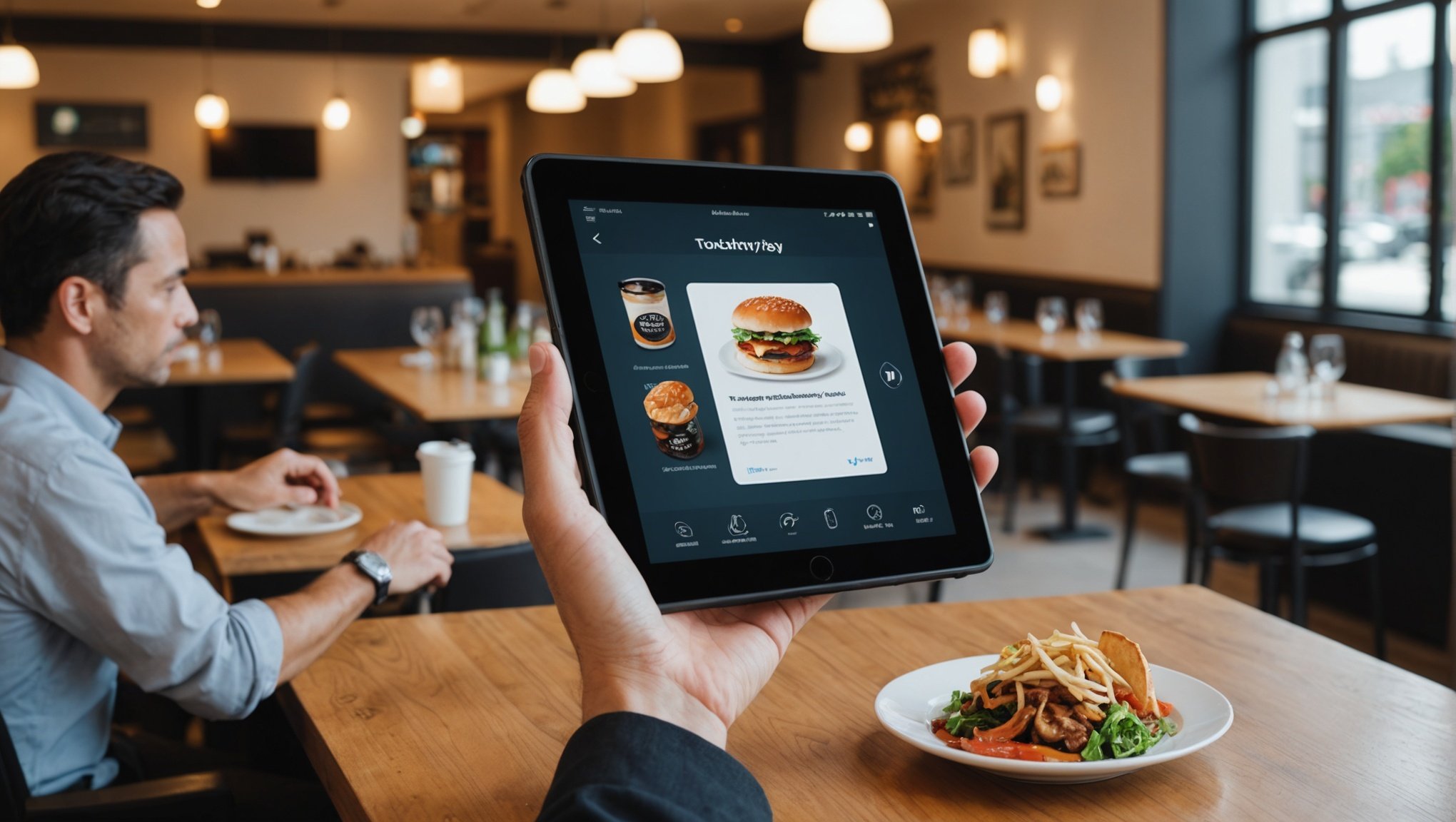Transforming Restaurant Cleanliness and Operational Efficiency: Creative Strategies for Adopting Touchless Technology
In the wake of the COVID pandemic, the restaurant industry has undergone a significant transformation, with a heightened focus on health safety, operational efficiency, and innovative technologies. One of the most promising trends in this shift is the adoption of touchless technology. Here, we delve into the creative strategies restaurants are employing to integrate touchless technologies, enhancing both cleanliness and operational efficiency.
The Rise of Touchless Technology in Restaurants
Touchless technology has become a game-changer in the restaurant industry, particularly in the post-pandemic era. This technology is not just a novelty but a necessity, given the increased emphasis on health and safety. Here’s how restaurants are leveraging touchless technologies to elevate their standards.
In the same genre : Top Pest Control Strategies for Rural Gastropubs: Ensuring a Bug-Free Dining Experience
Enhanced Hygiene and Safety
One of the primary benefits of touchless technology is its ability to minimize physical contact, thereby reducing the risk of disease transmission. For instance, QR code menus have become a staple in many modern restaurants. By scanning a QR code, customers can access the menu, place orders, and even pay without the need for physical interaction with staff or menus.
- Reduced physical contact between diners and servers
- Minimized risk of disease transmission
- Easy updates to menus without reprinting
- Environmentally friendly by reducing paper usage
Smart Handwashing Stations
Another innovative touchless technology is the advanced handwashing stations. Companies like Smixin offer fully automatic hand washing systems that dispense water, soap, and paper, ensuring silky clean hands without any manual intervention. These systems are particularly beneficial in high-traffic areas such as restaurants, events, and healthcare settings.
Also read : Mastering Food Quality During Rush Hour: Tips for Busy Diners
- Automatic water, soap, and paper dispensing
- Infra-red sensor for precise water control
- Centralized monitoring for maintenance and resource management
Streamlining Service with Digital Solutions
Digital solutions are revolutionizing the way restaurants operate, from ordering to service delivery. Here are some key strategies that restaurants are adopting:
QR Code Menus: A New Standard
QR code menus have transformed the dining experience by providing customers with a touchless and efficient way to view menus, place orders, and make payments. This technology not only enhances customer satisfaction but also reduces the workload on staff, allowing them to focus on delivering top-notch service.
| Feature | Benefit |
|---|---|
| Interactive Digital Menu | Customers can view detailed descriptions, pricing, and images of dishes. |
| Real-Time Updates | Menus can be updated instantly without the need for reprints. |
| Cost-Effectiveness | Reduces the need for physical menus, saving costs and minimizing waste. |
| Enhanced Customer Engagement | Personalized features and offerings make the dining experience interactive. |
| Faster Table Turnover | Orders come directly from customers’ devices, reducing wait times. |
Smart POS Systems and Integration
Advanced POS systems are another crucial component of touchless technology in restaurants. These systems integrate seamlessly with various technologies, such as QR code menus, contactless payment methods, and even locker systems for takeout and pickup. This integration enhances the overall efficiency of service and provides a seamless experience for customers.
- Seamless integration with QR code menus and contactless payments
- Automated takeout/pickup experiences through locker systems
- Real-time data for better customer engagement and loyalty programs
Automation in the Kitchen
Automation is not just limited to the front of house; it is also transforming kitchen operations. Here’s how restaurants are using automated tools to boost efficiency and reduce labor costs.
Automated Prep Tools
Automated prep tools are becoming increasingly popular in kitchens. These tools can perform tasks such as cutting, chopping, and even assembling burgers, thereby reducing the need for manual labor. This not only saves time but also ensures consistency in food preparation.
- Machines that can cut, chop, and assemble food items
- Touchless sauce dispensers and pizza topping systems
- Automated bun feeders and conveyors
Smart Appliances and Remote Connectivity
Smart appliances equipped with remote connectivity options are another trend in modern kitchens. These appliances allow operators to program recipes, monitor temperature and timing, and even receive alerts when maintenance is required. This level of programmability ensures that every dish is prepared consistently, reducing errors and waste.
- Programmable mixing kettles, skillets, and combi ovens
- Remote oven management through technologies like ChefLinc
- Real-time monitoring of vital information such as water temperatures and ice levels
The Role of Artificial Intelligence in Hospitality
Artificial intelligence (AI) is playing a significant role in the hospitality industry, including restaurants. Here’s how AI is being used to enhance the guest experience and operational efficiency.
AI-Powered Chatbots and Robots
AI-powered chatbots and robots are being used in various hospitality settings to handle customer inquiries, speed up check-in processes, and even deliver room service. In restaurants, AI can be used to manage orders, provide personalized recommendations, and ensure a consistent service experience.
- AI-powered hotel chatbots for customer inquiries
- Reception and housekeeping robots for efficient service
- Room service delivery robots for touchless delivery
Personalized Customer Experience
AI can help restaurants create a personalized customer experience by analyzing customer data and preferences. This can be achieved through loyalty programs integrated with POS systems, allowing restaurants to offer tailored promotions and enhance customer satisfaction.
- Data-driven loyalty programs for personalized promotions
- Interactive elements in QR code menus for customized dining experiences
- Real-time feedback mechanisms to improve service quality
Practical Insights and Actionable Advice
For restaurants looking to adopt touchless technologies, here are some practical insights and actionable advice:
Assess Your Needs
Before investing in any technology, it’s crucial to assess your restaurant’s specific needs. Identify areas where touchless technology can make the most impact, whether it’s in handwashing, ordering, or kitchen operations.
Develop a Roadmap
Implementing new technologies should be done incrementally. Develop a roadmap that outlines the steps you will take to integrate touchless technologies, ensuring that each step aligns with your overall business goals.
Train Your Staff
While touchless technology reduces the need for manual intervention, it’s still important to train your staff on how to use these new systems effectively. This will ensure a smooth transition and maximize the benefits of the technology.
Monitor and Adjust
Continuously monitor the performance of your touchless technologies and make adjustments as necessary. This could involve updating software, adjusting settings, or even replacing certain technologies if they are not meeting your expectations.
The adoption of touchless technology is a transformative step for the restaurant industry, offering numerous benefits in terms of health safety, operational efficiency, and customer satisfaction. By integrating smart handwashing stations, QR code menus, smart POS systems, automated kitchen tools, and AI-powered solutions, restaurants can create a seamless and efficient dining experience that sets them apart in a competitive market.
As Granett Douglas, vice-president of the Foodservice Division for GBS Foodservice Equipment Inc., notes, “Smart kitchens are an emerging trend,” and this trend is not limited to kitchens alone. The entire dining experience is being revolutionized by touchless technologies, making it more efficient, safe, and enjoyable for both customers and staff.
In the words of Hillary Hadley, senior strategist with Paytronix Systems, “Digital capabilities make it much easier for small brands to compete,” and this is particularly true in the context of touchless technologies. By embracing these innovations, restaurants can not only survive but thrive in the post-pandemic era, offering a superior guest experience that is both safe and memorable.






